Blue Cohosh (Caulophyllum thalictroides) is a perennial plant belonging to the Berberidaceae family. Native to central and eastern Canada as well as the north-central and eastern United States, this woodland species thrives in shaded environments with moist, rich soil.
Known for its distinctive appearance, blue cohosh produces clusters of greenish-yellow flowers that give way to striking blue berries. However, the berries are toxic and should not be consumed. The plant’s lacy green foliage emerges in spring and transitions to a golden-green hue later in the year, adding seasonal interest to shaded garden spaces.
| Common name | Blue Cohosh |
| Botanical name | Caulophyllum thalictroides |
| Family | Berberidaceae |
| Species | thalictroides |
| Origin | Central and Eastern Canada to North Central Eastern United State |
| Life cycle | Perennial |
| Plant type | Herbaceous Perennial |
| Hardiness zone | 3, 4, 5, 6, 7, 8 |
| Sunlight | Dappled Sunlight |
| Maintenance | Medium |
| Soil condition | High Organic Matter |
| Soil ph | Acid |
| Drainage | Well-Drained |
| Growth rate | Slow |
| Harvest time | Fall |
| Flowering period | Spring |
| Height | 1 ft. – 2 ft. |
| Flower color | Gold, Yellow |
| Leaf color | Green |
| Fruit color | Blue |
| Stem color | Green |
| Fruit type | Berry |
| Fruit benefit | Showy |
| Leaf benefit | Showy |
| Garden style | Native Garden |
| Uses | Naturalized Area |
I. Appearance and Characteristics
Caulophyllum thalictroides, the blue cohosh, is a species of flowering plant in the Berberidaceae (barberry) family. The common name cohosh is probably from an Algonquian word meaning “rough”. The Greek-derived genus name Caulophyllum signifies “stem-leaf”, while the specific name thalictroides references the similarity between the large highly divided, multiple-compound leaves of meadow-rues (Thalictrum spp.) and those of blue cohosh.
The plant is found in hardwood forests and favors moist coves and hillsides, generally in shady locations, in rich soil. It grows in eastern North America, from Manitoba and Oklahoma east to the Atlantic Ocean.
Caulophyllum thalictroides (Blue Cohosh) is an elegant, rhizomatous perennial with lacy, refined, blue-green leaves divided into three leaflets. The emerging stems and leaves boast purplish highlights. In mid to late spring, sprays of inconspicuous, green or yellow-brown, star-shaped flowers, 1/2 in. (1 cm), appear above the foliage. The petals bear fleshy nectar glands that are visited by early solitary bees. They are followed in summer by erect clusters of showy, bright blue, berry-like seeds. They persist and provide early fall interest even after the foliage has declined. Easy to grow, requiring minimum care, and long-lived, Blue Cohosh does best in shady woodland areas with humus-rich slightly acidic soil.
The plant is pollinated early in the season by certain bee species, which are attracted by the nectar glands present on the petals.
Blue cohosh is slightly toxic if ingested, and touching the plant may cause dermatitis. The toxicity is due to alkaloids and saponins that are found in the roots, berries, and seeds of the plant. Ingesting blue cohosh causes only low to moderate illness depending on the amount consumed. Children are more susceptible to poisoning due to their age, lack of caution, and curiosity. They often mistake the seeds for blueberries. Symptoms of blue cohosh poisoning include vomiting, diarrhea, stomach cramps, chest pain, increased blood pressure, and increased blood sugar. Skin irritation can occur after touching the plant.
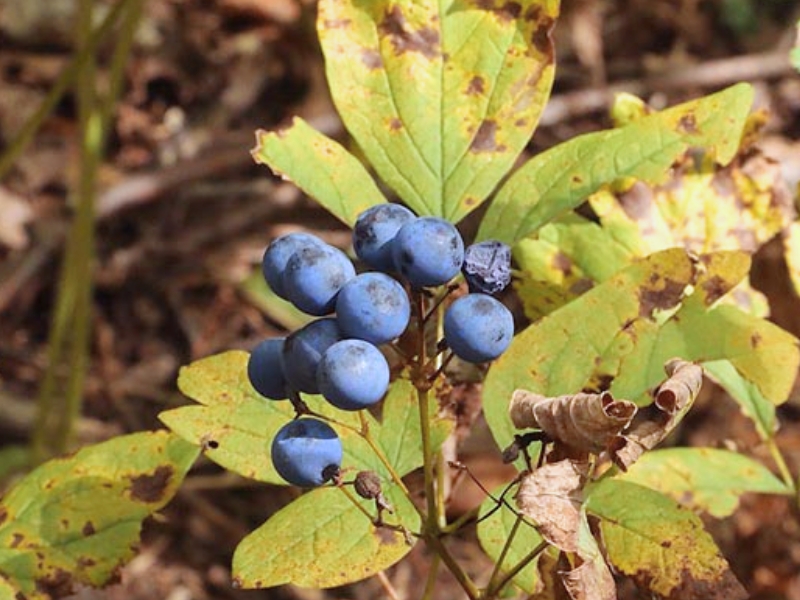
II. How to Grow and Care
Blue cohosh thrives in a shaded or partly shaded environment, preferring moist, rich organic soil that mimics its native woodland setting. Special care points include ensuring consistent soil moisture without waterlogging and providing a mulch layer to maintain soil conditions. While not particularly difficult, attentiveness to these moisture and soil requirements is crucial for the health of blue cohosh.
Watering
Thriving in the understory of deciduous forests, blue cohosh has adapted to the moist, well-drained soils of its native habitat. It is drought-tolerant once established but prefers consistent moisture, especially during its active growth phase. Watering should be maintained at once every week to support its hydration needs without over-saturating. As a woodland perennial commonly grown outdoors, blue cohosh’s ability to flourish is significantly influenced by seasonal rainfall patterns that complement its natural water cycle.
Fertilizing
Blue cohosh thrives with balanced nutrition fertilizers to ensure robust growth and vigor. Fertilize biannually, spring and midsummer, with a 10-10-10 mix, adhering to the quantity specified on the package for the plant’s size. Over-fertilization can harm blue cohosh, so exact measurements are crucial. During dormancy in colder months, cease applications. For effective nutrient absorption, water soil before and after fertilizing. Seasonal adjustments are key—less frequent in growth lulls and increased during active phases. Always use gloves and avoid direct contact with blue cohosh’s roots to prevent chemical burn. Novices and experts, remember the rule of thumb: less is often more with blue cohosh.
Propagation
Blue cohosh is best propagated through division, ideally during spring or autumn. It can be a challenging process; signs of successful propagation include new shoots emerging. Careful root handling is crucial to avoid damage.
Transplanting
The prime season to transplant blue cohosh is early fall, just as S2 describes, essentially because the plant-rest-motion is seizing. Opt for a location in partial shade with fertile, well-drained soil for best results. Remember, blue cohosh loves moisture, but not waterlogged conditions. A friendly tip – ensure to transplant in a cool, cloudy day to reduce plant stress.
III. Uses and Benefits
- Ornamental uses
Its resistance to diseases and pests makes blue cohosh a good addition to woodland and wildflower gardens. It also does well in gardens devoted to native species. Its attractive foliage adds texture and interest from spring through fall. The plant is rarely grown for its tiny spring flowers; it’s the bright-colored berries that make it a popular shade plant.
- Medicinal uses
The plant has been used as a medicinal herb by American Indians. Many Native American tribes, and later European herbalists and midwives, would use this herb in conjunction with other herbs and fluids for abortive and contraceptive purposes.
The seeds have also reportedly been used as a coffee substitute.
Find Where to Buy the Best Blue Cohosh (Caulophyllum thalictroides)
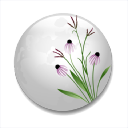
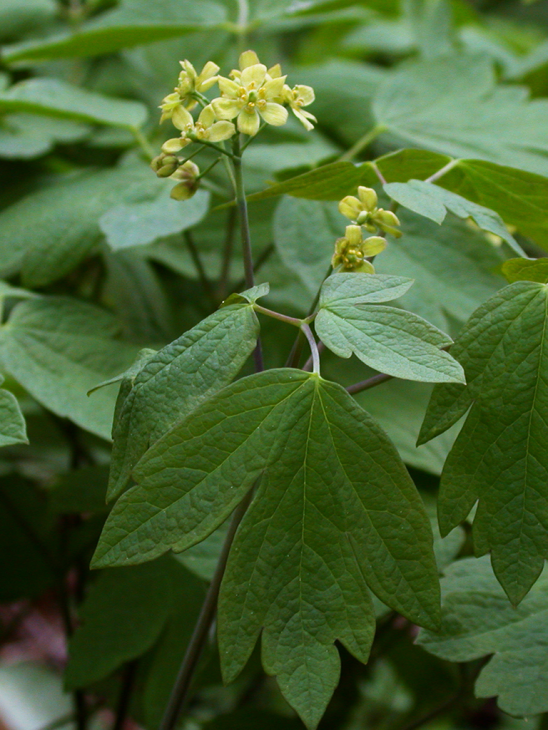
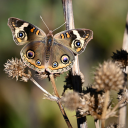
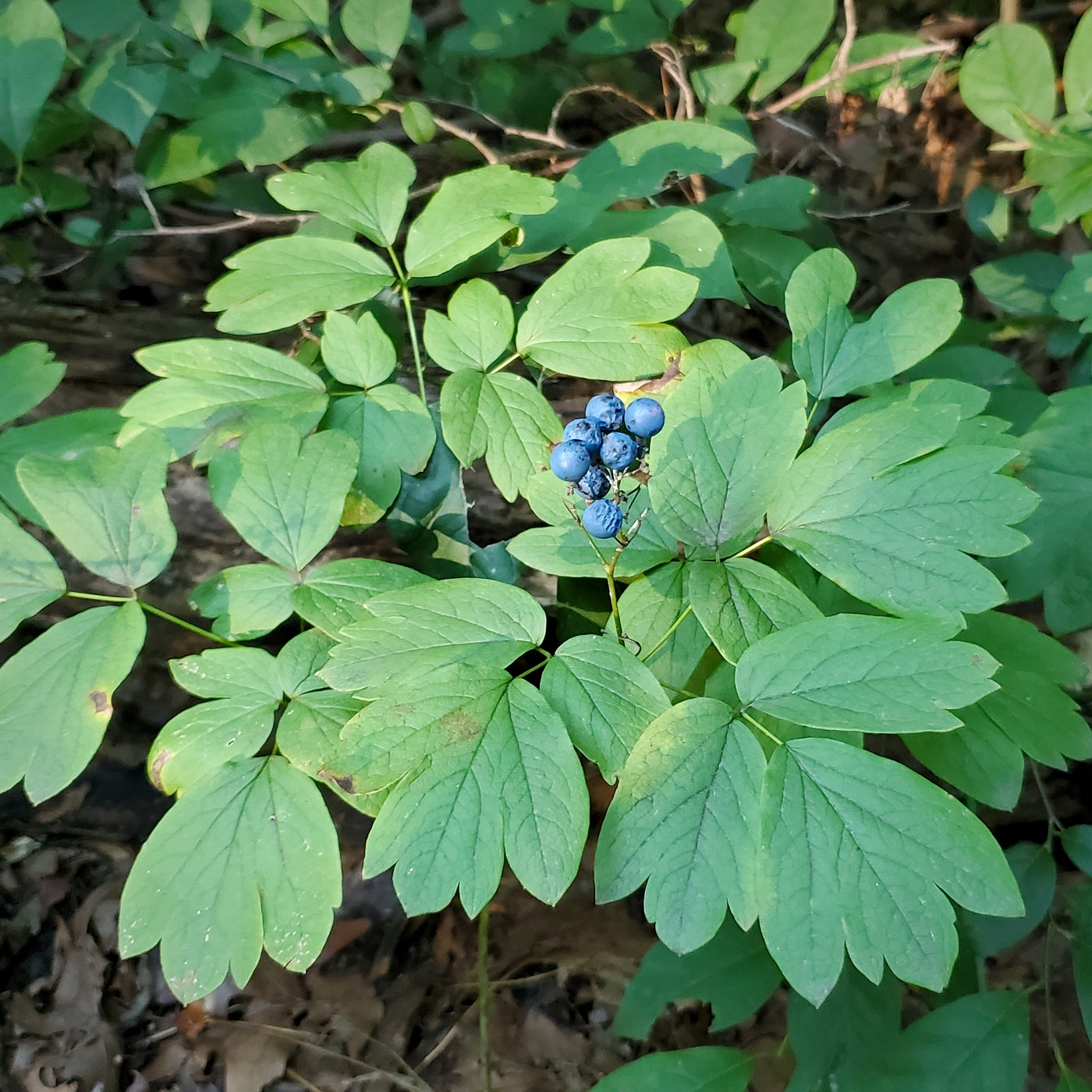

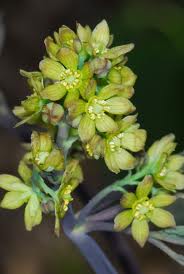
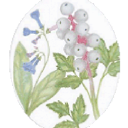

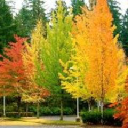

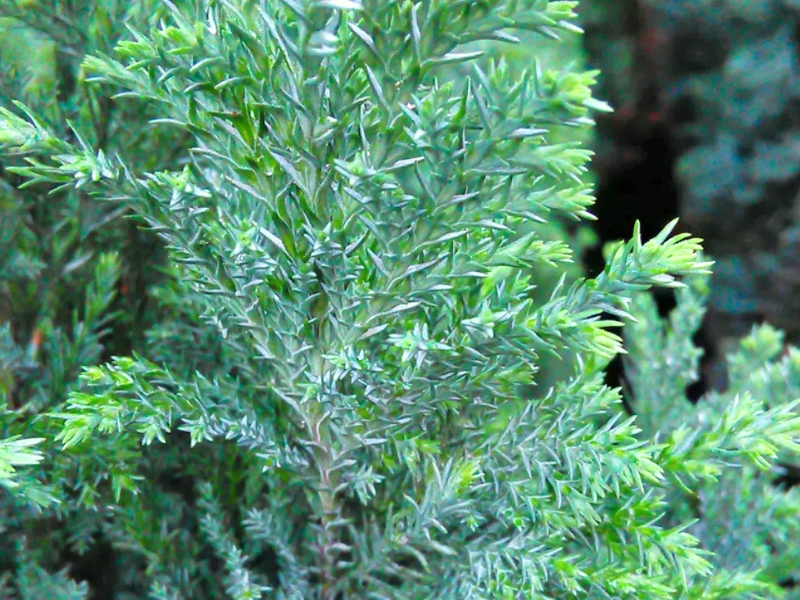
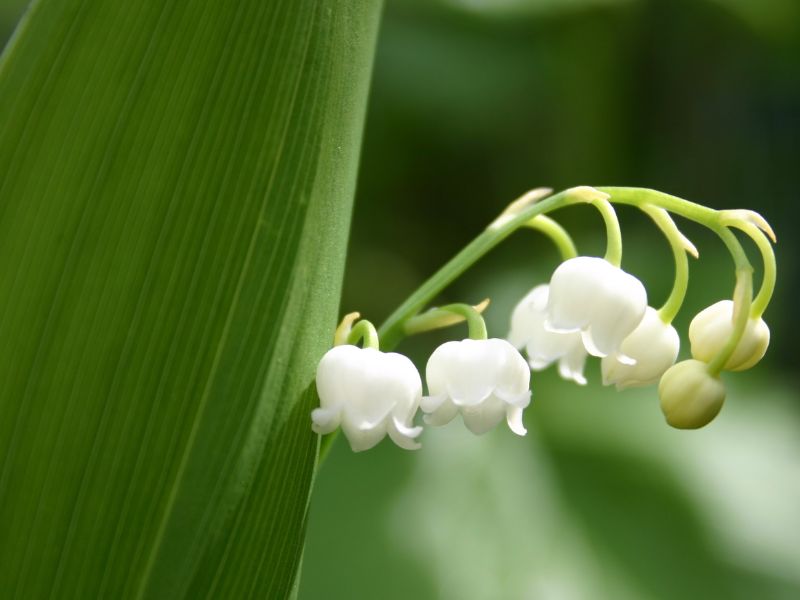
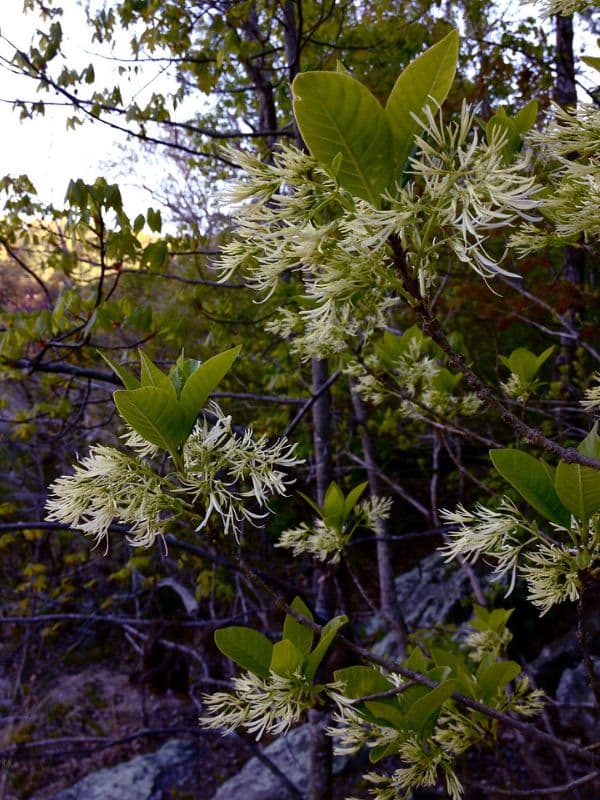
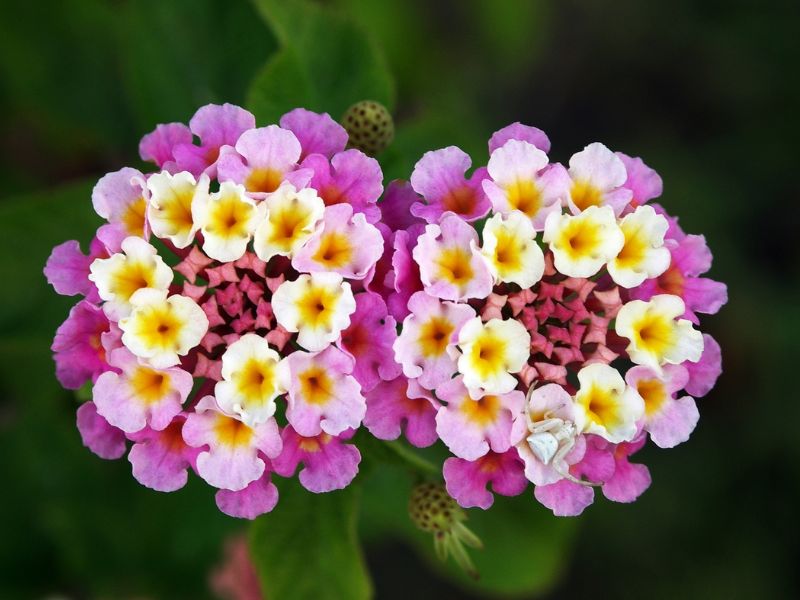
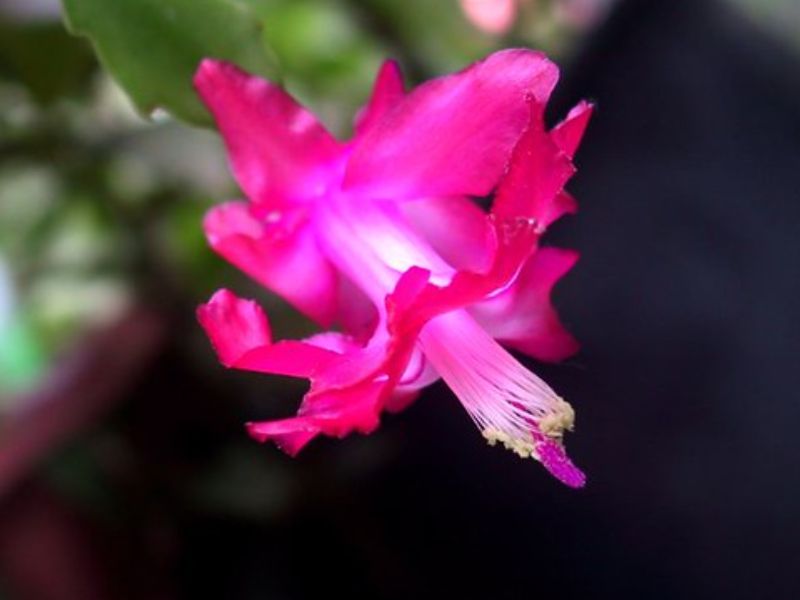
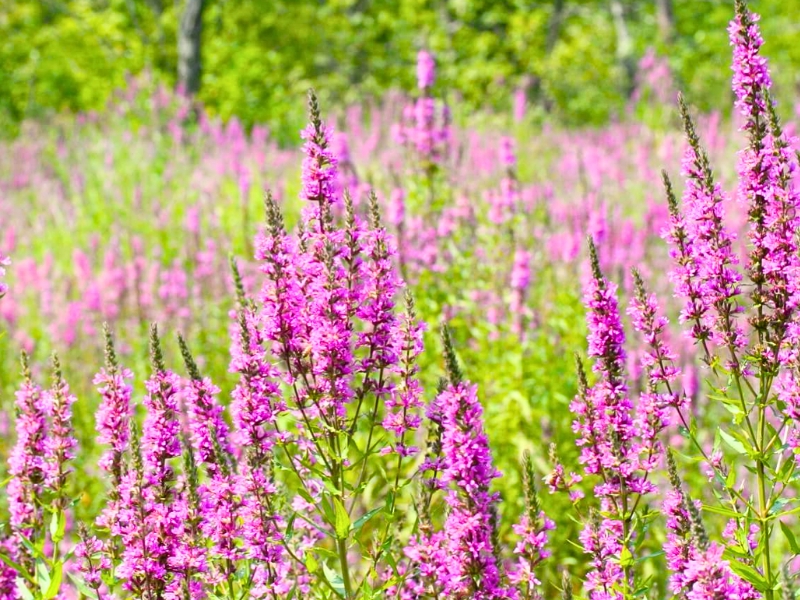
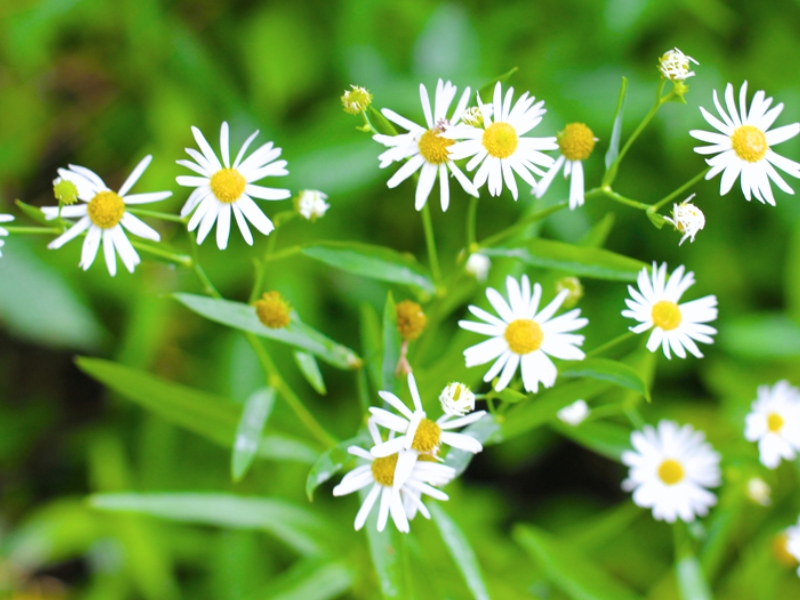
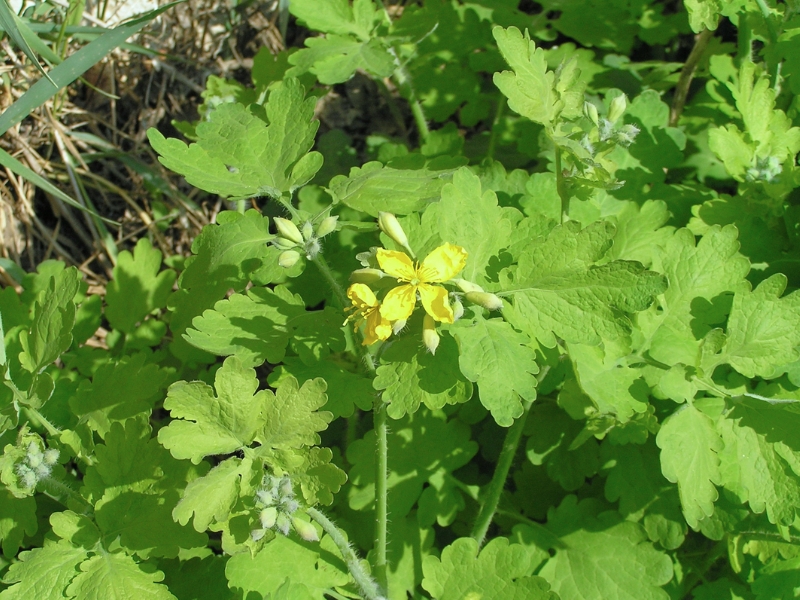
Leave a Reply